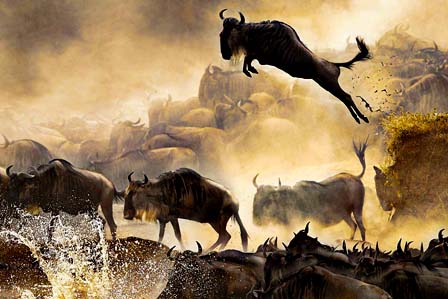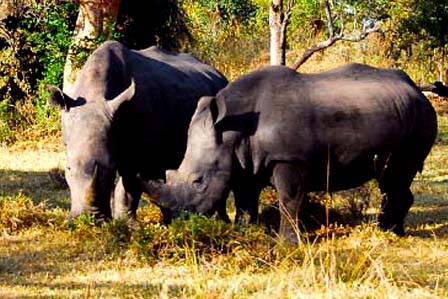Lions in Uganda and where they are found.
Lions are among a few big cats found Uganda's National Parks and it is among the most wanted to be seen animal while on game drive. Research made by our team at African Adventure travellers indicates that 90% of most clients from all Tour Companies will ask their drivers to look for lions. And there will always be big excitement on spotting the King of the jungle, after the lion, the demand goes on to the Leopard.

A fully grown lion will normally weigh between 150-250kg for males whereas females can weigh between 120-182kgs, and can live in the wild up 14years. In zoos, they can live for even 20years. Females will normally do most of the hunting. Male lions will need atleast 7kgs of meat per day and 5kgs of meat per day for the females. After a big hunt example a Buffalo, a lion can consume up to 30kgs of meat and can sleep by for a simple digestion to consume more of the meat if other lions fail to finish the hunt. In open areas like Murchison falls National Park over looking the Albert Nile, where there are many thickets, lions will normally pull Uganda Kobs, into the thickets so that they don't get any disturbance from hyenas and moving Safari cars around. Lionesses normally produce by the age of 4 years, and can mate with any male before it conceives and the mating can take up to several days.
The gestation period is 110 days after which a female will give birth from 1 - 4 cubs normally in a secluded area like thicket which cannot be easily reached especially like the Hyenas who will normally want to kill and eat the cubs. The cubs will normally weigh 1.2 - 2.1 kg. With a close look at a cub (baby lion) there are brown spots on their bodies, but they will always fade as they reach adulthood.
The lion being found up in the tree branch is a unique adventure moment as lions are often found in the open savannah grasslands roaming around, sleeping, resting or hunting. These lions in Uganda will normally climb and rest in these fig trees when noon approaches. It is hard some times to find them up in the trees when it is raining, or when it is still slippery in the morning. These tree climbing lions of Uganda are found in Queen Elizabeth National Park in the Southern section near the Congo boarder.
The tree lions will climb and rest in the umbrella fig trees to cover away from the sun, target their prey, and some times run away from the mosquitoes or tsetse flies that are carried by the Warthogs and Cape Buffaloes.
Today some families of these tree lions have migrated from the south of the park (Ishasha) and have been sighted by several people and African Adventure Travellers clients in the Mweya Section of the park while on the boat ride on the Kazinga Channel and the Park's main gate of Kabatoro on the few fig trees around.
However, other tree lions have been sighted in Kidepo Valley National Park hanging in the sausage trees (Kigelia Africana) and also their famous resting rock places near the park's head quarters.
Most Popular Uganda Safaris
© 2025 African Adventure Travellers. All Rights Reserved.



















